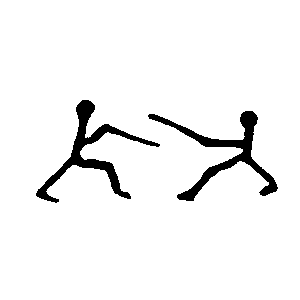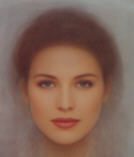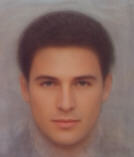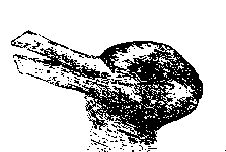
| Atomism, Logical Beetle in the box (analogy of) Criterion Contradiction Duck-rabbit (analogy of) Family resemblance Form of life Grammar, autonomy of Grammatical proposition Identity, the paradox of |
Language-game Meaning Nonsense Ordinary language and philosophy Ostensive definition Picture theory of meaning Private language problem Rules Samples, explanation by |
Saying and showing Sense and reference Solipsism Tautology Truth-Table Verifiability and Falsifiability Verification Principle |
 See http://www.uniworld.hu/egyetem/wittgenstein/irodalom/Tb.htm
See http://www.uniworld.hu/egyetem/wittgenstein/irodalom/Tb.htm
 A famous study, in a new version: http://perception.st-and.ac.uk/
A famous study, in a new version: http://perception.st-and.ac.uk/